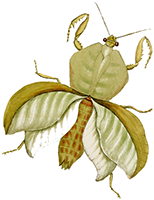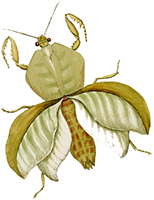
click image to view complete book
Sincerest thanks to our sponsor, the American Library Association's Carnegie Whitney Grant for making the physical and online exhibitions possible.
Guiding Science: Publications by Women in the Romantic and Victorian Ages is an annotated bibliography of 200 women-authored science books for children and young readers from 1790-1890 which were published in Great Britain and the United States. Included in the bibliography are all editions of a title held at the Baldwin Library of Historical Children's Literature at the George A. Smathers Libraries, University of Florida.
Titles included in this exhibit:
Barbauld, Anna Laeticia and John Aiken. 1841. Evenings at home, or, The juvenile budget opened. London: Scott, Webster, and Geary, Charterhouse Square.
Beaufort, Catherine Louisa. 1819. Dialogues on entomology: in which the forms and habits of insects are familiarly explained. London: R. Hunter.
Buckley, Arabella B. 1878. The fairy-land of science. London (55, Charing Cross, S.W.): Edward Stanford.
Fitton, Elizabeth and Sarah Mary Fitton. 1817. Conversations on botany. London: Printed for Longman, Hurst, Rees, Orme, and Brown.
Hack, Maria. 1821. Harry Beaufoy, or, The Pupil of Nature. London: Harvey and Darton.
Peacock, Lucy. 1801. Visit for a week, or, Hints on the improvement of time. Philadelphia: Printed for J. Ormrod.
Religious Tract Society (Great Britain). 1851. Village science, or, The laws of nature explained. London: Religious Tract Society.
Sedgwick, Catharine Maria. 1865. Arcturus, or, The bright star in Bootes: an easy guide to science. London: William Macintosh.
Trimmer, Sarah. 1870. The story of the robins: designed to teach children the proper treatment of animals. London: Frederic Warne and Co.
Venning, Mary Anne. 1818. The geographical present: being descriptions of the principal countries of the world. London: Printed for Darton, Harvey and Darton.
Waddy, Edith. 1870. A year with the wild flowers: a popular introduction to the study of English botany. London: Wesleyan Conference Office.
View the complete list of works and interpretive labels in the physical exhibit.




